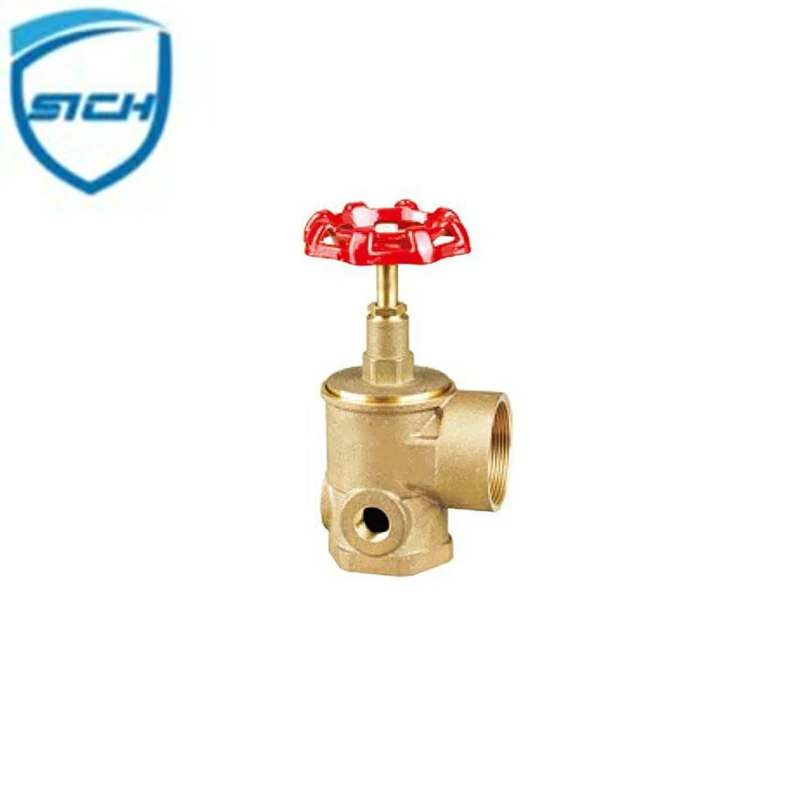La válvula juega un papel vital en todos los ámbitos de la vida en términos de tecnología., y es muy importante para el flujo de gas.. Como botón de control de gas., the valve must be safe and accurately controlled before use.
Understanding the Basics

A valve is a mechanical device designed to start, stop, or regulate the flow of media through a pipeline or system by changing the passageway’s cross-sectional area. It consists of an actuator (which can be manual or automatic) that operates a closure element, typically a plug, desct, ball, or butterfly, which in turn modulates the flow path. The actuator might respond to pressure changes, signals from a controller, or direct human operation via handles or levers.
Components of a Valve System
1.Cuerpo: The main housing of the valve, often made of metal or plastic, which contains the internal parts and provides the connection points for pipes.
2.Actuator: The component responsible for moving the valve’s closure member. This can include handwheels, gears, electric motors, pneumatic or hydraulic cylinders, or solenoids.
3.Closure Element: This could be a gate, globe, ball, butterfly, diaphragm, or needle, depending on the type of valve. It seals off or allows passage through the valve.
4.Seats: These are the surfaces against which the closure element presses to create a seal, preventing or allowing fluid flow.
5.Bonnet/cover: Protects the interior of the valve, especially the stem and packing, from environmental damage and contaminants.
Valve classification depends largely on their operational mechanism and intended use:
Válvulas de compuerta: Linear motion valves used for on-off service with minimal pressure drop when fully open.
Válvulas de globo: Also linear motion valves, but they provide better throttling control than gate valves due to their design, though they cause more friction loss.
Válvulas de bola: Quarter-turn rotary valves with a ball-shaped disk that rotates 90 degrees to allow or block flow.
Válvulas de mariposa: Another quarter-turn rotary valve type, where a disk pivots within the flow stream to regulate or shut off flow.
Revisar válvulas: Automatically operated valves that permit flow in one direction only, preventing backflow.
Diaphragm Valves: They utilize a flexible diaphragm to control flow and are ideal for applications requiring sterile conditions or abrasive fluids.
Plug Valves: They function similarly to ball valves but use a cylindrical or tapered plug instead of a ball.
Valve systems find application in virtually every sector that deals with fluid control:
Aceite & Industria del gas: Control valves manage flow rates, pressures, and direction of crude oil, natural gas, and refined products throughout production, transportation, and refining processes.
Procesamiento químico: Precision valves are critical for dosing chemicals, maintaining reaction temperatures, and handling hazardous materials safely.
Water Treatment and Supply: Valves ensure efficient water distribution, purification, and wastewater treatment.
Power Generation: In power plants, valves regulate steam flow in turbines and cooling systems.
Petrochemicals: For process control and safety measures during chemical reactions and storage.
HVAC Systems: Thermostatic and pressure relief valves maintain temperature and pressure balance in heating, ventilation, and air conditioning units.
Importance of Valve Maintenance and Selection
Choosing the right valve for the specific application is essential. Factors such as material compatibility, pressure rating, temperature range, and expected cycle life must all be considered. Regular maintenance and inspection are crucial to prevent leaks, corrosion, and failure, which could lead to costly downtime, equipment damage, or even environmental incidents.
The sistema de válvulas is a fundamental aspect of modern infrastructure and industry. Their diverse designs and capabilities enable them to meet the demanding requirements of various sectors, playing a silent yet significant role in keeping our world running smoothly and efficiently. By understanding the nuances of valve systems, we can appreciate their importance and optimize their usage for the benefit of both industry and environment.
